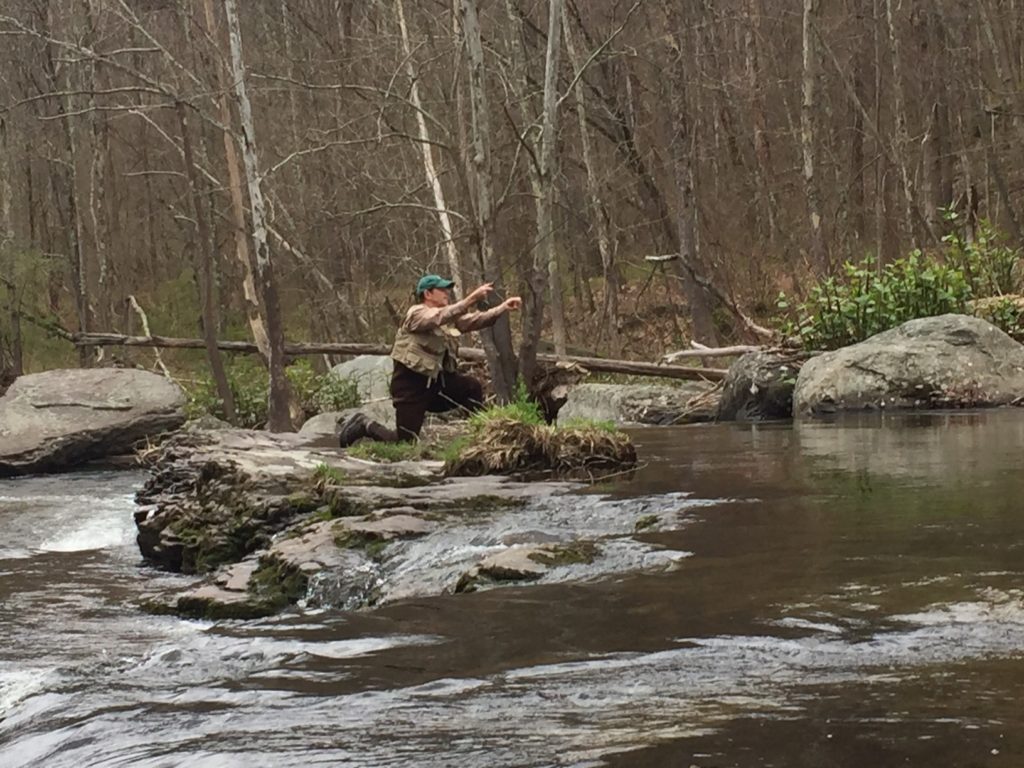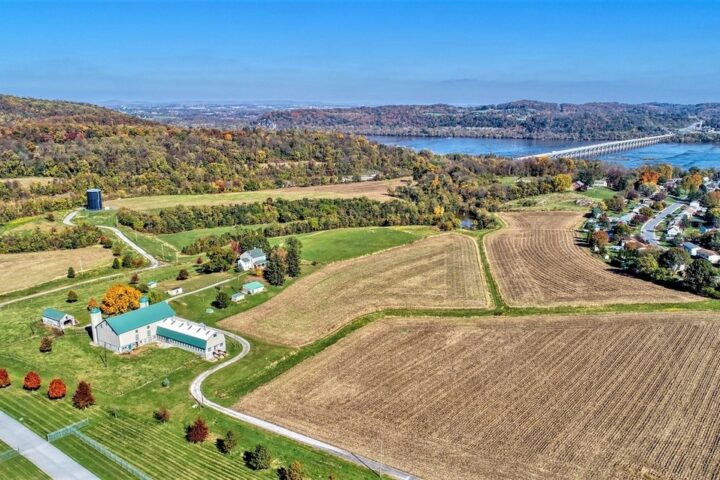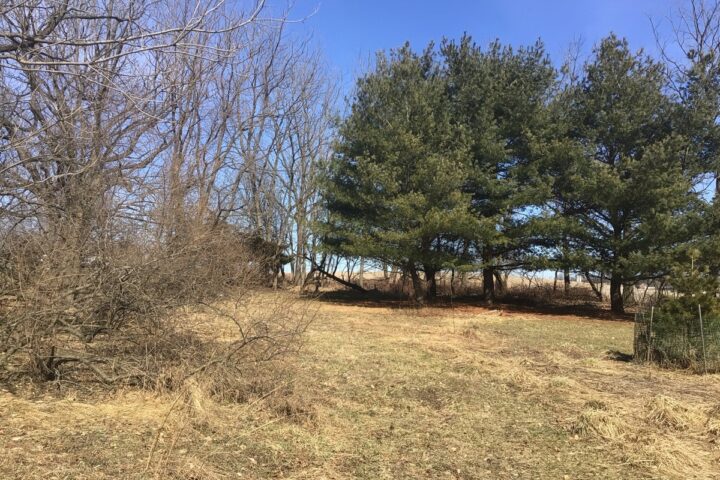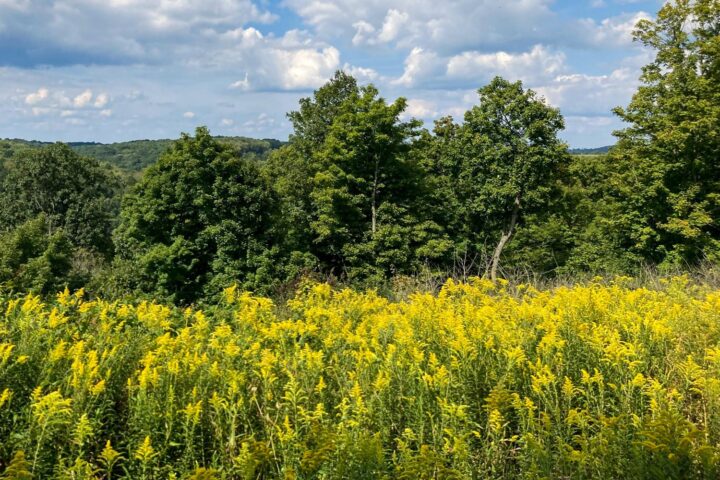On February 12 Natural Lands and Pocono Heritage Land Trust (PHLT) announced the preservation of two nearby but separately owned parcels totaling 340 acres of land near Brodhead Creek, a stream running through the Pocono Mountains known for its clear, cool water and healthy trout population. The land trusts hold conservation easements on the properties, ensuring they will never be developed.
The easements are supported by generous charitable contributions of the landowners—Alego “Bart” Bartolacci and the Ferenbach family—and through the Open Space Institute’s Delaware River Watershed Protection Fund. The Fund is made possible with support from the William Penn Foundation through its Delaware River Watershed Initiative, which seeks to protect water quality in the Delaware River Basin.
The 40-acre Bartolacci property is bordered on one side by Stony Run, a tributary of Broadhead Creek. Both waterways are designated as High-Quality Cold Water Fisheries by the Pennsylvania Department of Environmental Protection, and represent some of the state’s best wild trout waters.
“Vivian loved this land. She was an accomplished fly fisherman and enjoyed being in nature,” said Bart Bartolacci of his late wife, Vivian. “It was always her dream to see it protected. To me, Viv and what she believed in is a great example of how individuals can make a difference.” Though she passed away five months before the conservation easement was finalized, Bart says Vivian’s presence is very strong and he knows she’d be pleased at this outcome.
The nearby 300-acre Ferenbach property, owned by a family-held corporation, is a densely wooded tract that includes 3,500-feet of Brodhead Creek.
“My great, great grandfather was a Scottish immigrant who brought his fly rod with him when he came to America in the 1850s,” said Greg Ferenbach, who represented his family in the easement process. “Over the past century, four generations of Ferenbachs have managed this land in a manner that protects the water quality of the stream. I’m delighted that we could preserve this special place and I hope future generations will enjoy fly-fishing there, or just enjoy the sound of the frogs singing on a warm spring night.”

Named for Englishman Daniel Brodhead who in 1737 purchased 600 acres of streamside land, Brodhead Creek originates in Monroe County, one of the birthplaces of trout fishing in America. It flows for 22 miles until it empties into the Delaware River. By the mid-1800s, the Brodhead and surrounding streams had developed a loyal following of visiting anglers.
Nineteenth-century demand for tanned leather, turpentine, and timber led to a dramatic increase in logging operations. The banks of the Brodhead were stripped of trees, which had shaded the water and reduced erosion. By the turn of the 20th century, as the Brodhead became too warm and silty for wild brown trout, fly fishermen traveled farther north to the cold, clear streams of the Catskill Mountains.
“Today, trout are thriving in Brodhead Creek. But without permanent protection, this land and the creek it buffers remain vulnerable,” said Oliver Bass, president of Natural Lands. “By combining Natural Lands’ expertise at navigating complicated land transactions with PHLT’s local knowledge and connections, we were able to celebrate this successful outcome. I hope this is just the beginning of the positive impact we can make together along the Brodhead.”
The two projects were supported with grants from OSI’s Delaware River Watershed Protection Fund. The Fund is made possible with funding from the Delaware River Watershed Initiative, which seeks to protect water in the Delaware River Basin—the source of drinking water for the cities of Philadelphia, Trenton, New Jersey; and Wilmington, Delaware.
“The protection of these lands is a milestone for the Delaware River, and for the 15 million people who depend upon the Delaware for their drinking water,” said Peter Howell, OSI’s executive vice president. “We applaud the conservation ethic of the landowners, and the teamwork of Natural Lands and Pocono Heritage Land Trust that brought these projects to fruition.”
A conservation easement is a voluntary but legally binding agreement between a landowner and a qualified conservation organization that permanently limits a property’s use and binds all present and future owners of the land. As with all conservation easements, the Bartolacci and Ferenbach lands remain privately owned.
These projects were also made possible with funding support from the William Penn Foundation and the Bartolacci and Ferenbach families.




